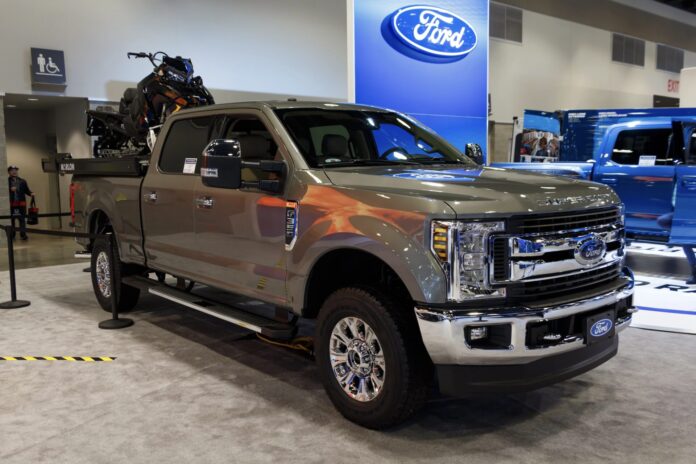
In the earliest days of April, the Center for Strategic and International Studies (CSIS) released a study that sounded the alarm on several potential negative effects of the ongoing trade war.
One of the most troubling effects included the potential for tariff “stacking,” which could result in an accumulation of tariffs that could impact a nation more harshly than intended by the Trump administration.
For instance, the CSIS noted that the 25 percent tariffs on automobiles would end up growing to greater than 25 percent, especially when accounting for other recently implemented tariffs, including reciprocal tariff rates.
“Regardless of the White House’s method on “Liberation Day,” the administration’s rates could be cumulative. In this scenario, automotive imports would not “simply” face 25 percent rates. Instead, they would likely face the accumulation of the (1) existing most favored nation (MFN) rates, (2) reciprocal tariff rates, (3) the 25 percent automotive rate, and (4) whatever additional barrier the Trump administration may decide to implement in the future,” the CSIS warned.
The CSIS report also argued that “the Trump administration may be undermining its own goals of reshoring auto manufacturing, given the back-and-forth nature of U.S. automobile supply chains.”
The CSIS does raise some compelling points … which is precisely why officials within the Trump administration have addressed these challenges, head on, as evidenced in some of the latest presidential actions to emerge from the White House.
The executive order – “Addressing Certain Tariffs on Imported Articles” – skillfully addresses many of the concerns raised by the CSIS report, especially with regards to tariff “stacking.”
“The United States has imposed tariffs under various statutory authorities and through a number of Executive Orders and proclamations to protect national security and address unusual and extraordinary threats to the national security, foreign policy, and economy of the United States,” the executive order began.
A solid beginning, considering that it reminds the audience of the reasoning for the trade war in the first place.
And that reasoning also includes making adjustments as needed, over time, especially to prevent challenges with tariff “stacking.”
“Although each of these actions, as listed in section 2 of this order, serves separate and distinct policy purposes, I have now determined that, to the extent these tariffs apply to the same article, these tariffs should not all have a cumulative effect (or ‘stack’ on top of one another) because the rate of duty resulting from such stacking exceeds what is necessary to achieve the intended policy goals,” the executive order continued.
Excellent!
In one fell swoop, the executive order explicitly addressed one of the greatest risks broached by the CSIS report.
“To avoid the cumulative effect of overlapping tariffs on certain articles, this order sets out the procedure for determining which of multiple tariffs shall apply to an article when that article is subject to more than one of the actions listed in section 2 of this order,” the executive order added.
Excellent.
Even more compellingly, the executive order directly addressed the key product highlighted in the CSIS report: automobiles.
Different products identified in Section 2 included automobiles, automobile parts, derivative aluminum articles, derivative steel articles, and other important products necessary to sustain American industry.
In other words, more than one individual in the Trump administration is keeping abreast of these reports, which in turn enables them to help advise the president regarding the best path forward for the nation.
Author: Jane Jones



